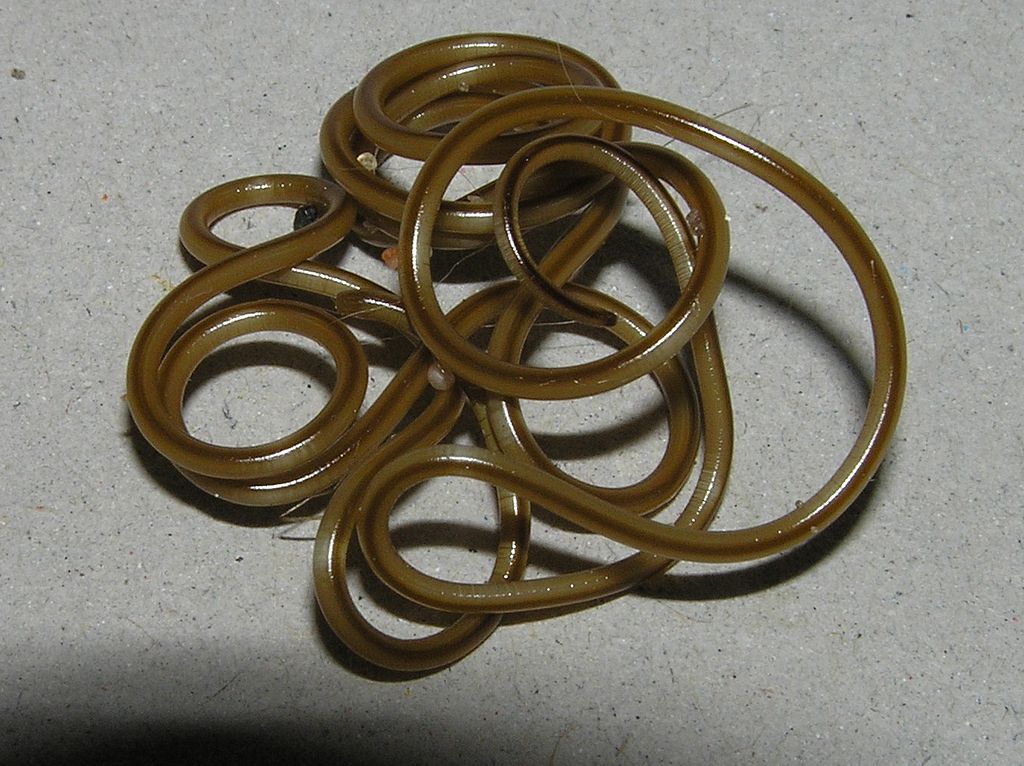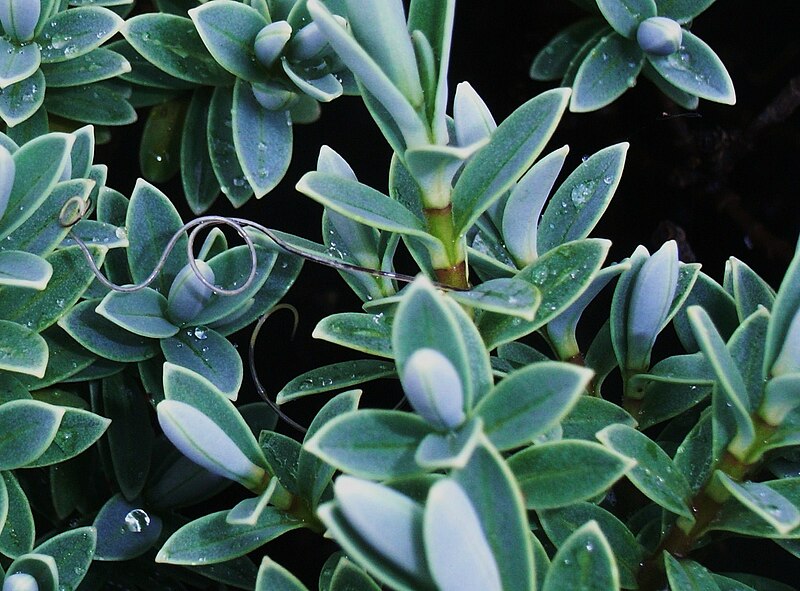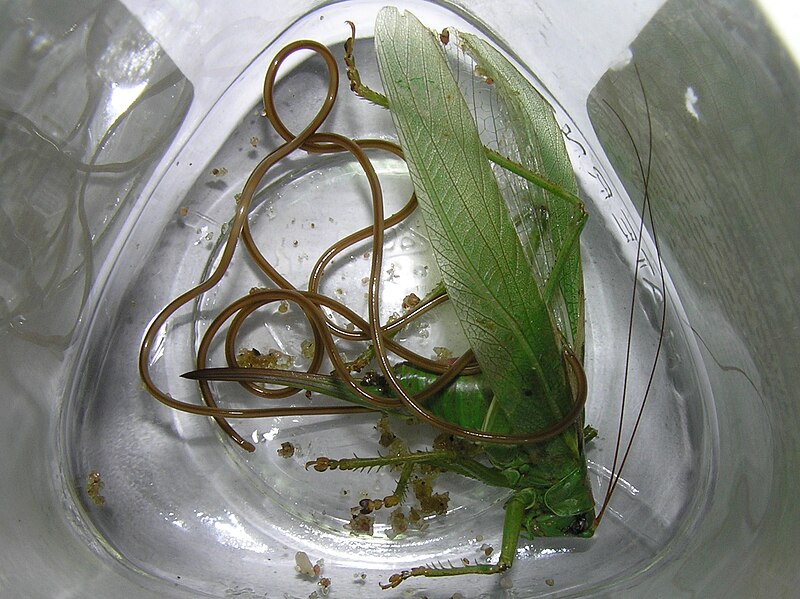by Piter Kehoma Boll
About one and a half year ago, I presented the long and thread-like wood cricket’s worm, a parasite that can control the behavior of the wood cricket and leaves its body once becoming an adult. The wood cricket’s worm belongs to the phylum Nematomorpha, commonly known as horsehair worms. They are closely related to phylum Nematoda, the roundworms. And just like horsehair worms, roundworms also love to infect crickets and grasshoppers.
One of those species is Mermis nigrescens, known as the grasshopper nematode. This worm can be found all over the world where grasshoppers exist, although they seem to be more common in Eurasia and the Americas.

Adults of the grasshopper nematode live in the soil and are very large for a nematode. Males measure about 5 cm in length and females can reach 20 cm, which is much larger than most nematodes that infect insects. They are, therefore, very similar to horsehair worms in appearance and behavior. The body has a smooth surface and a pale brown color, with females having a red spot on their head, the chromatopore, which functions like an eye.
After adults mate in spring or summer, males usually die but females remain in the soil through fall and winter and emerge in the following spring after a rainfall. They show a black stripe running along the body that is caused by thousands of eggs inside. They climb the nearby vegetation, up to 3 m above the ground, and lay their eggs, which measure about 0.5 mm in length, on it.

In order to be able to climb the vegetation, female grasshopper nematodes show positive phototaxis, i.e., they are attracted by light sources, which is the opposite of what happens with most nematodes that have eyes. In fact the female’s eye, the chromatopore, is a single structure, like a single eye, and seems to have evolved independently from other nematode eyes. Its red color is caused by a hemoglobin, like the one that makes our blood red, but in this case it seems to function as a light receptor.

When the eggs are ingested by an orthopteran insect (usually a grasshopper but sometimes a katydid), they hatch almost immediately. The young worm pierces the grasshopper’s gut and enters its hemocoel, the “blood cavity” of the body.

There, the worm develops by absorbing nutrients from the insect’s blood directly through its cuticle. This leads to serious depletion in the insect’s levels of blood sugar, especially trehalose (the insect storage sugar) and body proteins. After reaching 5 cm or more in size, they leave the insect, killing it in the process, and continue their development in the soil until reaching the adult stage and starting the cycle all over again.
– – –
– – –
References:
Burr AHJ, Babinzski CPF, Ward AJ (1990) Components of phototaxis of the nematode Mermis nigrescens. Journal of Comparative Physiology A 167: 245–255. doi: 10.1007/BF00188117
Burr AHJ, Hunt P, Wagar DR, Dewilde S, Blaxter ML, Vanfleteren JR, Moens L (2000) A Hemoglobin with an Optical Function. Journal of Biological Chemistry 275: 4810–4815. doi: 10.1074/jbc.275.7.4810
Burr AHJ, Schiefke R, Bollerup G (1975) Properties of a hemoglobin from the chromatrope of the nematode Mermis nigrescens. Biochimica et Biophysica Acta (BBA) – Protein Structure 405(2): 401–411. doi: 10.1016/0005-2795(75)90105-1
Gordon R, Webster JM (1971) Mermis nigrescens: Physiological relationship with its host, the adult desert locust Schistocerca gregaria. Experimental Parasitology 29(1): 66–79. doi: 10.1016/0014-4894(71)90012-9
Rutherford TA, Webster JM (1974) Transcuticular Uptake of Glucose by the Entomophilic Nematode, Mermis nigrescens. Journal of Parasitology 60(5): 804–808. doi: 10.2307/3278905
Rutherford TA, Webster JM (1978) Some effects of Mermis nigrescens on the hemolymph of Schistocerca gregaria. Canadian Journal of Zoology 56(2): 339–347. doi: 10.1139/z78-046
– – –
** This work is licensed under a Creative Commons Attribution-ShareAlike 3.0 Unported License.
This work is licensed under a Creative Commons Attribution-ShareAlike 3.0 Unported License.

Pingback: Friday Fellow: Black-Fly Nematode | Earthling Nature